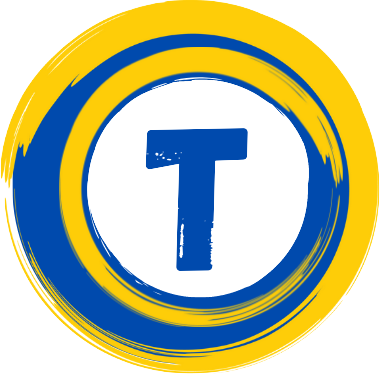ALBERT EINSTEIN AND THE WORLD OF PATENTS
Albert Einstein was a German physicist, who changed the way of understanding our world with the introduction of the general theory of special relativity, contribution for which he is mainly known today. A lesser-known fact is that this great scientist entered the world of Patents at the beginning of his career..
He graduated in 1900 as professor of Mathematics and Physics at the Federal Polytechnic School of Zurich (Switzerland), but without great merits, which is why some universities rejected his applications. That is why he began to teach private classes until in 1902 he was hired at the Federal Office for Intellectual Property in Berne as an Assistant Patent Examiner.
EINSTEIN IN THE WORLD OF PATENTS
In this work, Einstein had to inspect the most diverse technological inventions and describe them in reports for acceptance. He generally dealt with electromagnetic apparatus and equipment for the transmission and reception of electrical signals.
His activity as a patent examiner allowed him to experiment and develop new ideas, this being the most fruitful stage of the young scientist. At only 26 years old, he published four papers that revolutionized physics and the understanding of the universe. In them he presented the best known physical equation: E = mc2.
Given the impact of these works that laid the foundations of current physics, he was awarded with the Nobel Prize in Physics in 1921. Despite the significance of these studies, he continued to work as a patent examiner. These years helped him understand the structure of a patent and the process of registering them. With this knowledge and the already matured theoretical ideas, A. Einstein put his knowledge into practice and registered a total of 48 patents.

REFRIGERATION SYSTEM
Together with his former student Leo Szilard, he developed several patents related to various mechanisms of a refrigeration system to remove the toxic substances that were initially used in these systems. They proposed a device with no moving parts that would eliminate the possibility of seal breakage, and thus prevent the escape of the aforementioned harmful substances. In subsequent years they patented different improvements and practical applications of this refrigeration system, for a total of 45 patents, which were applied in different countries.
HEADPHONES
In collaboration with Rudolf Goldschmidt, he created hearing aids that converted the acoustic signal into electrical signal to transmit it to the ear through a system attached to the head. It was made up of a thin metal sheet placed under the skin, which would vibrate in the presence of the magnetic field generated by an external electromagnet.
PHOTOGRAPHIC CAMERA
With his friend Gustav Peter Bucky, he patented an automatic camera, which adjusts ambient light levels just as they do today. For this, they used a photoelectric cell connected to screens with variable transparency. Depending on the intensity of the light, the photoelectric cell varied the screen that would go in front of the main lens.l.
LAST PATENT
In 1936, Einstein filed his last patent in the United States. It was a new, original, and ornamental design for an adjustable button-front blouse.
In this link you can see most of the patents granted to the most recognized physicist of the 20th century.
Author: O. Concepción (Ph.D. in Nanoscience)
